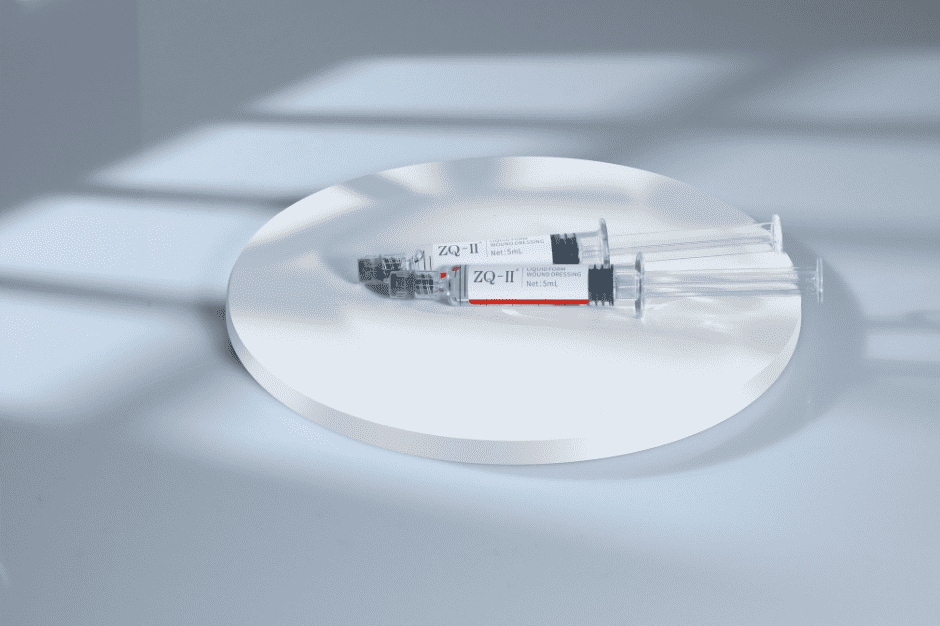Skin pigmentation issues, such as uneven tone and dark spots, are common concerns affecting people worldwide. These spots result from an excess production or uneven distribution of melanin — the natural pigment that gives our skin, hair, and eyes their color. While melanin protects the skin from harmful UV rays and environmental damage, too much or misplaced melanin leads to visible pigmentation problems. This article will explain the common types of pigmentation, their causes, and how you can care for your skin with effective treatments and products designed for sensitive and pigmented skin.
Common Types of Skin Pigmentation
Melasma: Hormones and Sunlight Behind the Mask
Melasma is a widespread pigmentation disorder that causes symmetrical dark patches on the face — especially on the cheeks, forehead, nose, and upper lip. Often called the “butterfly mask,” melasma is linked to hormonal changes like pregnancy or birth control use, genetic factors, and prolonged sun exposure. Although melasma is harmless, it can be persistent and difficult to treat without targeted melasma treatment and gentle care designed for sensitive skin.
Freckles: Nature’s Sun Kiss
Freckles are small, flat spots that are usually light to dark brown and tend to appear in childhood. They become more noticeable with sun exposure and are more common in fair-skinned individuals. Unlike other pigmentation types, freckles often fade in the winter and return stronger in the summer, emphasizing the importance of sun protection in managing hyperpigmentation.
Sun Spots: Signs of Aging and Sun Damage
Also known as solar lentigines or age spots, sun spots are flat, dark areas that appear on sun-exposed parts of the body like the face, hands, and shoulders. They increase with age and signify cumulative sun damage. Treating these spots often involves the use of skin brightening products and regular use of sunscreen to prevent further damage.
Post-Inflammatory Hyperpigmentation: Dark Marks After Skin Injury
One common type of pigmentation is post-inflammatory hyperpigmentation (PIH), which happens when excess melanin forms after skin inflammation or injury—like acne, eczema, or dermatitis. These dark spots can linger for months or years without proper treatment. Managing PIH requires sensitive skin pigmentation care using calming and repairing skincare that supports the skin barrier.

What Causes Pigmentation at the Cellular Level?
Pigmentation starts in specialized skin cells called melanocytes, where the enzyme tyrosinase plays a crucial role in melanin production. When skin is exposed to UV radiation, inflammation, or hormonal changes, melanocytes can overproduce melanin, causing uneven pigmentation and dark spots.
Because tyrosinase controls the rate of melanin formation, many effective skincare treatments focus on inhibiting this enzyme to reduce pigmentation and promote a more even skin tone.
How ZQ-II PLLA Nutrients Fills Helps with Pigmentation and Skin Health
ZQ-II PLLA Nutrients Fills is a carefully formulated skincare product designed to support both skin hydration and pigmentation control. It contains poly(L-lactic acid), which stimulates the production of hyaluronic acid deep in the skin, improving moisture retention and softness—key factors in caring for sensitive skin affected by pigmentation.
Importantly, poly(L-lactic acid) also inhibits tyrosinase activity, helping to reduce melanin synthesis. Combined with powerful ingredients like nonapeptide-1 and tranexamic acid, ZQ-II PLLA Nutrients Fills is an excellent choice for those seeking a whitening skincare product that targets dark spots removal and promotes a brighter, more even complexion.
Tips for Managing Pigmentation Effectively
Always apply broad-spectrum sunscreen daily to prevent further melanin overproduction.
Incorporate gentle yet effective post-inflammatory hyperpigmentation treatment products to calm and repair skin after inflammation or cosmetic procedures.
Use skincare products with proven tyrosinase inhibitors to help fade existing pigmentation and prevent new spots.
Consult professionals for personalized melasma treatment plans, especially for persistent or severe cases.

In summary, understanding the types and causes of skin pigmentation helps you choose the right care and treatment. Combining sun protection with targeted, gentle skincare products like ZQ-II PLLA Nutrients Fills supports your skin’s natural repair and reduces visible pigmentation. With the right routine, you can enjoy a healthier, brighter complexion that looks and feels great.


